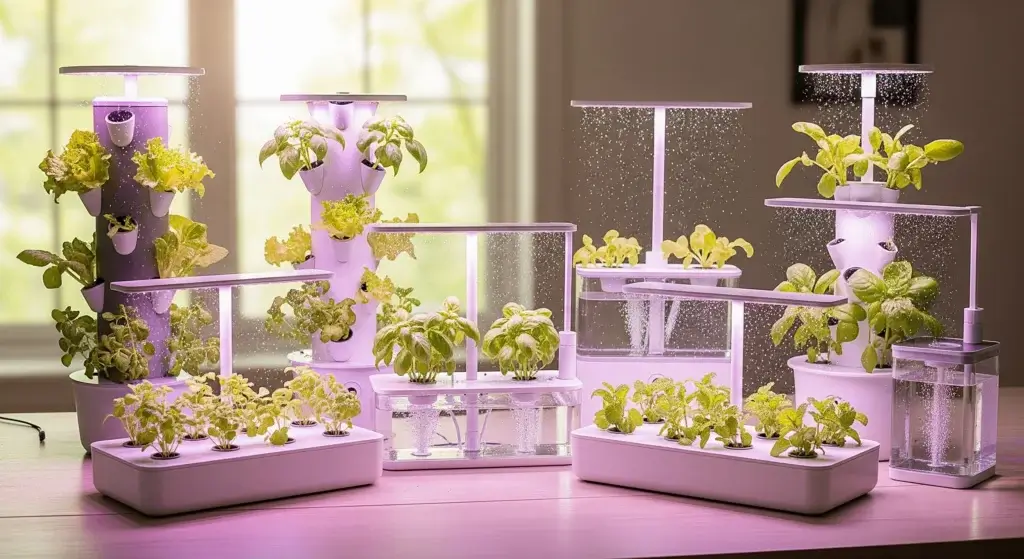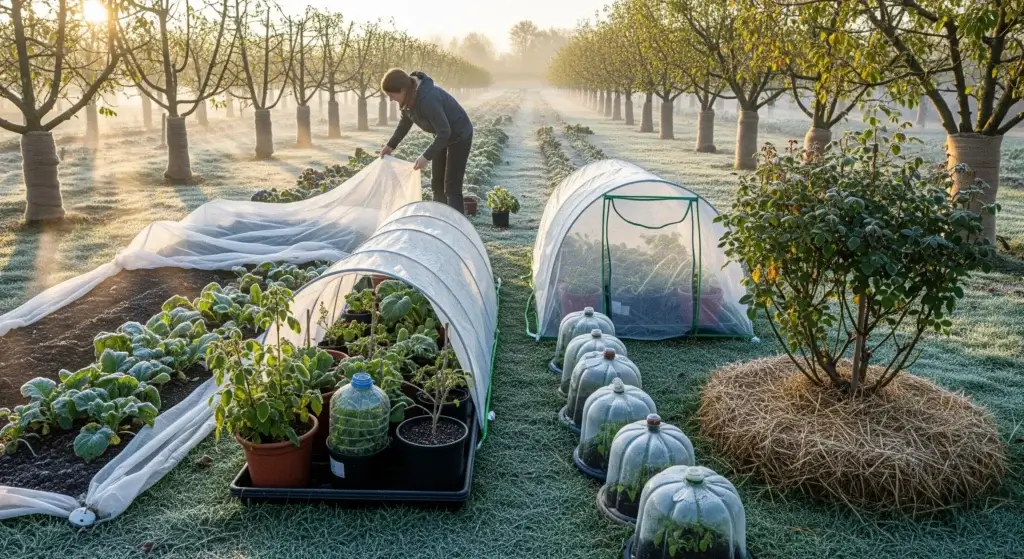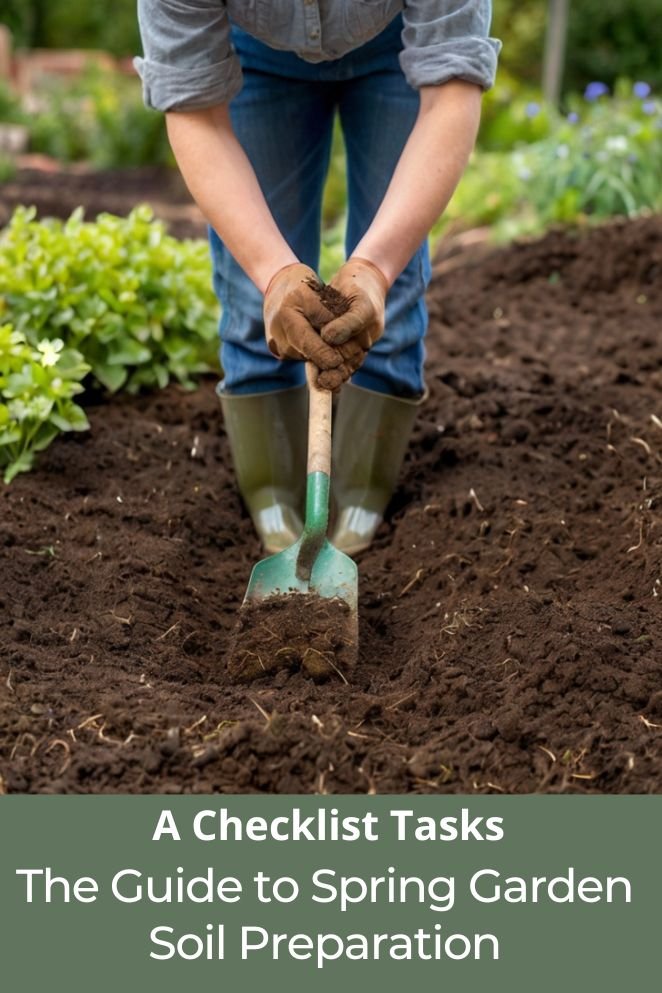
Spring is a time of renewal and growth, making it the perfect season to prepare your garden for planting.
One of the most important steps in gardening is ensuring that your soil is in optimal condition.
Healthy soil is the foundation of a thriving garden, providing essential nutrients, promoting root development, and helping plants resist pests and diseases.
In this blog post, we’ll explore how to prepare your soil for spring planting, offering tips to improve soil structure, manage nutrients, and control weeds effectively.
Benefits of Preparing Soil in Spring
Getting your soil ready in the spring has several important benefits.
As the weather warms up, soil temperatures rise, which is perfect for boosting the activity of helpful microbes.
These tiny organisms break down organic material in the soil, making nutrients more available for your plants.
Spring is also the best time to fix any soil compaction that might have happened over the winter, allowing roots to grow more easily and spread out.
By properly preparing your soil in spring, you can set the stage for a more productive garden throughout the growing season.
In fact, a study published in The Journal of Agricultural and Food Chemistry (2020) found that gardens with well-prepared soil in the spring had a 20% increase in plant yield compared to gardens that didn’t receive much soil care.
This shows just how much impact early preparation can have on the success of your garden.
Assessing Your Existing Soil
Before you start improving your garden soil, it’s important to understand its current condition.
A simple soil test can help with this by measuring key factors like pH levels, nutrient content, and the amount of organic matter in the soil.
You can easily find soil testing kits online or at your local garden center, or you can send a sample to an agricultural extension service for a more detailed analysis.
Knowing your soil’s pH is particularly important because it affects how well plants can absorb nutrients.
Most plants thrive in slightly acidic to neutral soil, with a pH between 6 and 7.
If your soil is too acidic, you can raise the pH by adding lime.
If it’s too alkaline, adding sulfur can help lower the pH to create the ideal environment for your plants to grow.

Improving Soil Structure
Healthy soil is full of organic matter and has a structure that lets water and air flow freely, which is essential for strong plant growth.
Improving your soil’s structure is a key part of getting your garden ready in the spring.
Tilling or turning the soil
Tilling, or turning the soil, is a great way to break up compacted areas, remove weeds, and mix in organic matter.
However, it’s important to till only when the soil is dry enough to crumble in your hands.
Tilling wet soil can make it compact and hard for plant roots to penetrate.
According to the Soil Science Society of America, tilling too often can harm the beneficial organisms that live in the soil.
So, it’s important to find a balance.
A light tilling in the spring is usually all you need to refresh the soil for the growing season.
Adding organic matter
One of the best ways to improve soil structure is by adding organic matter.
Compost, aged manure, or leaf mold enrich the soil, helping it hold moisture and nutrients better.
Organic matter also supports the growth of beneficial microorganisms, which break down nutrients and make them easier for plants to absorb.
The USDA recommends spreading 2-3 inches of organic matter and mixing it into the top 6-8 inches of soil.
Over time, regularly adding compost will build up your soil’s nutrient content, leading to healthier plants and more abundant harvests.
Using cover crops
If you planted cover crops like clover or rye in the fall, now is the time to turn them into the soil.
Cover crops help prevent erosion and boost soil fertility by adding nitrogen.
When you incorporate them into the soil, they act as “green manure,” providing valuable nutrients and organic matter to improve your soil’s health.

Nutrient Management
Effective nutrient management is crucial for a thriving garden.
While adding organic matter improves soil fertility, some plants might need extra nutrients to grow well.
Fertilizing your soil
Fertilizers are used to supply essential nutrients like nitrogen, phosphorus, and potassium, which plants need to be healthy.
It’s important to choose the right fertilizer based on your soil test results and what your plants need.
Adding fertilizer without knowing your soil’s current nutrient levels can lead to imbalances.
Organic fertilizers—such as bone meal, fish emulsion, and compost—are often better because they release nutrients slowly and improve soil health over time.
Synthetic fertilizers work quickly but can cause problems like nutrient runoff and soil damage if used too much.
Choosing the right fertilizer based on plant needs
Different plants have different nutrient needs.
For example, leafy greens need more nitrogen to grow strong leaves, while flowering plants require more phosphorus to produce blooms.
Matching your fertilizer to the specific needs of your plants helps ensure they get the right nutrients without the risk of over- or under-feeding.
Avoiding over-fertilization
Using too much fertilizer can harm your plants and disrupt the soil ecosystem.
Excess fertilizer can burn plants and cause nutrient imbalances.
A study in The Journal of Environmental Quality (2019) showed that too much nitrogen and phosphorus can lead to water pollution from runoff.
To avoid this, always follow the application guidelines on your fertilizer packaging and apply only as needed.
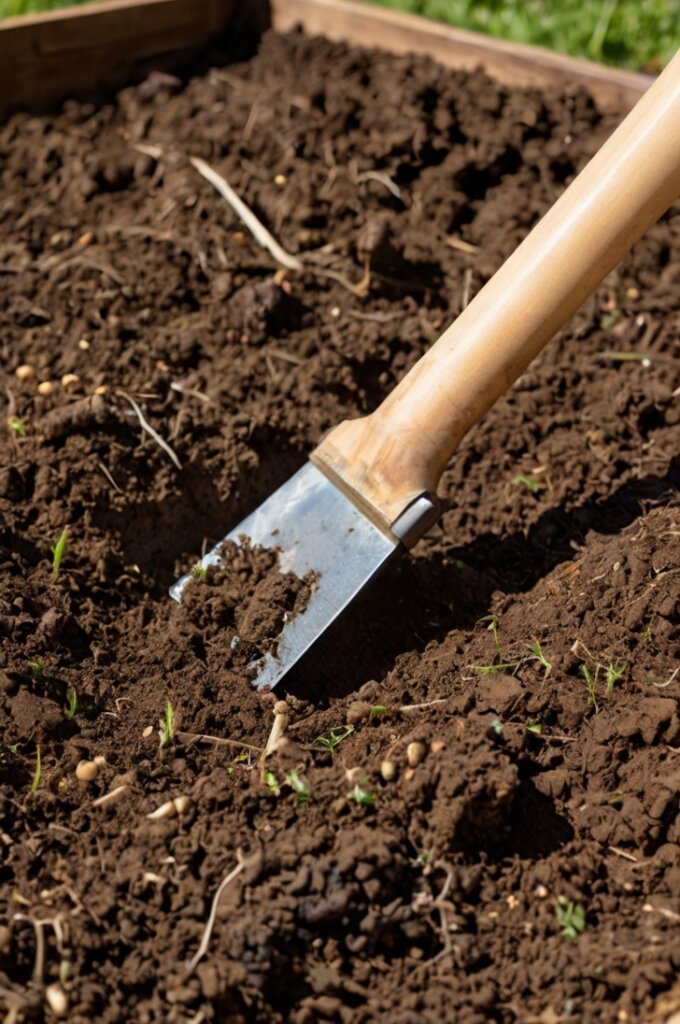
Weed Control
Weeds can quickly overwhelm a garden if not managed early on.
Taking steps to control weeds in the spring helps keep them under control throughout the growing season.
Pre-emergent herbicides
Pre-emergent herbicides are used to prevent weed seeds from germinating.
Apply these products to your soil in early spring, before you start planting.
However, be careful with these chemicals, as they can also affect the growth of your desired plants if not used properly.
Manual weeding techniques
Manual weeding is a time-consuming but effective way to control weeds, especially in smaller gardens.
Tools like hoes or simply pulling weeds by hand can help.
It’s best to remove weeds before they have a chance to flower and set seeds, which will help prevent them from coming back.
Mulching to suppress weeds
Mulching is another great method for controlling weeds.
Spread a layer of mulch, about 2-3 inches thick, around your plants.
This blocks sunlight and prevents weeds from growing.
Mulch also helps retain soil moisture and adds organic matter as it breaks down.
Popular organic mulches include straw, wood chips, and grass clippings, all of which also help improve soil health.
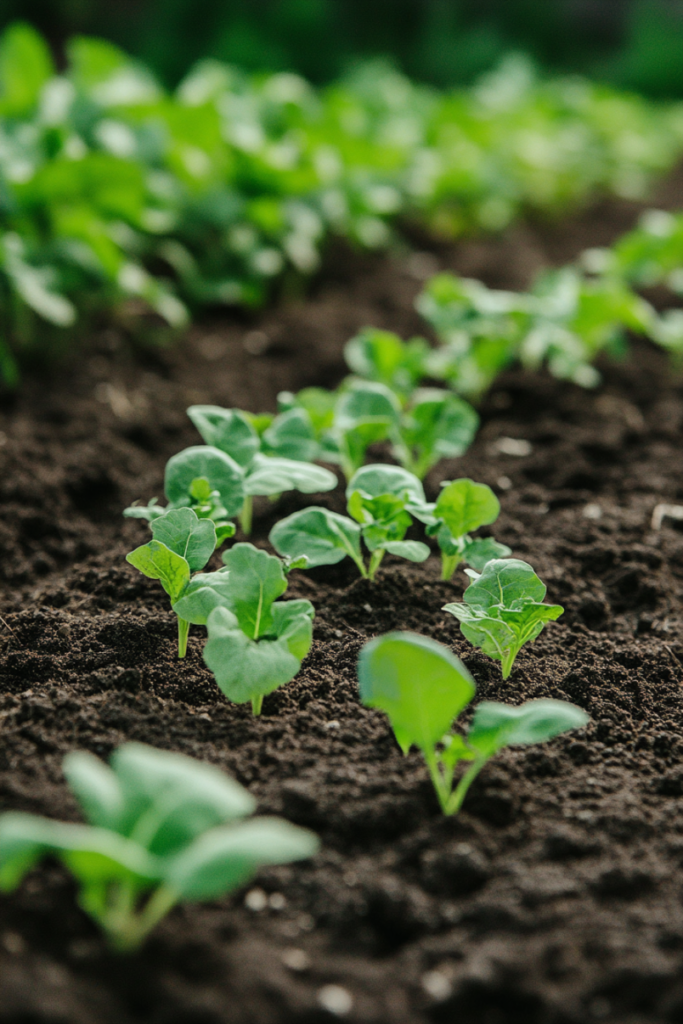
Final Thoughts
Preparing your garden soil in the spring is a crucial step to ensure a bountiful harvest.
By assessing your soil, improving its structure with organic matter, managing nutrients carefully, and controlling weeds early, you can create a thriving environment for your plants.
Remember, healthy soil is the foundation of any successful garden.
With a little effort in the spring, you’ll set your garden up for success throughout the growing season.
FAQs
A soil test is the best way to determine your soil’s pH, nutrient levels, and organic matter content. This information helps you decide what amendments, if any, are necessary.
Compost, aged manure, and leaf mold are excellent sources of organic matter. They improve soil structure, water retention, and nutrient content.
This depends on your soil test results and the specific needs of your plants. In general, a balanced application of fertilizer in the spring, followed by periodic feeding throughout the growing season, is sufficient.
It’s best to apply mulch after planting, once the soil has warmed up. A 2-3 inch layer of mulch helps suppress weeds and retain moisture.


